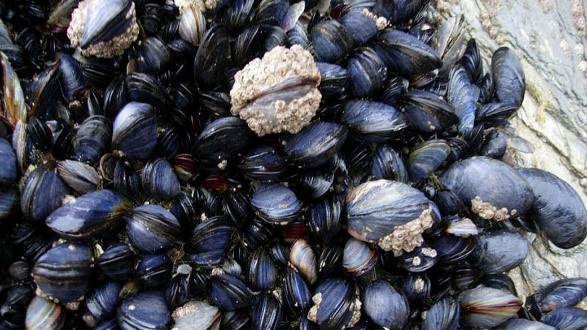





Disclaimer: Copyright infringement not intended.
Context
Mytilopsis sallei
Habitat and distribution
Invasive species
|
PRACTICE QUESTION Q. Consider the following statements: 1.Caribbean False Mussel has wide temperature, salinity, oxygen, and turbulence tolerances. 2.It is a pest, an invasive species that can inhibit the growth of other species. Which of the statements given above is/are incorrect? a)1 only b)2 only c)Both 1 and 2 d)Neither 1 nor 2 Answer: d) Neither 1 nor 2 |







© 2025 iasgyan. All right reserved